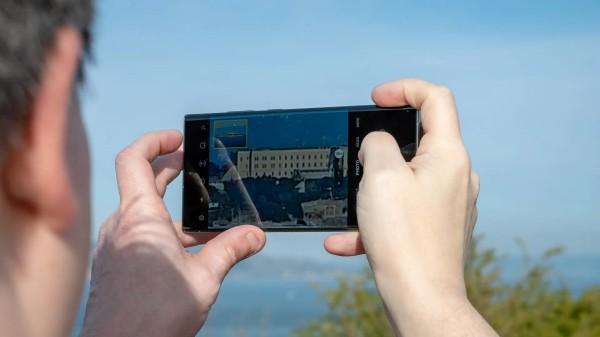I’ve seen many of the debates around the Samsung Moon photos, and am glad to see it has finally veered more towards the bigger “picture” or context, regarding photography.
The reason is, you have to see this in the context of all the other “fakery” that has been on the go for 130+ years. Even back in the day of film photography, I developed my own negatives and made prints, and used various tricks to alter lighting and effects during the development process, along with an array of creative lenses and other objects whilst shooting the photos. Yes, we’d even sandwich two or more separate images together (even placing the moon where it was not).
But certainly with smartphones, computational photography is absolutely the norm. From HDR, to night photography, to Beauty Mode, Portrait Mode, filters, blurry water photos, digital zoom, saturation, and more, are all altering the subject with corrections/fixes/effects.
Take say blurry water photos: The iPhone takes a short video and processes stills captured from the video (much like HDR is done), and on Android it is often a burst of still images taken which are also then stacked and processed. Beauty mode removes some face blemishes and wrinkles. Where do you draw a really objective line between what is real and what is fake? The moment you see the word “scene mode” you know there is some heavy processing going on.
If AI has learnt what a green leave should look like, and then sharpens that as a leaf versus say a picket fence, will that be fake? But that is clearly where computational photography is headed next, i.e. recognition of objects in nature and correcting accordingly (like beauty mode recognises a face, and “corrects” it already). AI is nothing but smart recognition.
So even film or DSLR purists have to admit that a plain raw photo, with zero improvement at all, is basically never what they do.
A line can be drawn when (like happened a year or two back) a company advertised photos being taken by their smartphone, and actually a completely different camera was used.
The fact is we’re going to see AI more and more playing a role in sharpening digital zoom and other types of scenes. That does often mean recognising something, so it can fill in details. Much like ChatGPT, right now those are roads that are being explored by all.
See https://www.reviewgeek.com/148335/why-every-photo-you-take-is-fake/

